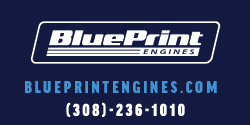Imperial Pete
Member
The torque convertor is the biggest secret with the low down "snappy" response with the N Code 383's and the 360 2 barrels. I havent tried putting one behind a 440, its something I want to try. Steve may have tried one behind a 440. If anyone has it would be good to know the difference.
In Australia we got the 360 2 barrels in our top of the line luxury Chryslers, they had the small convertors. They are torque monsters, tyre burners. No point revving them though, nothing over 3500 RPM but that is not what they are built for.
In Australia we got the 360 2 barrels in our top of the line luxury Chryslers, they had the small convertors. They are torque monsters, tyre burners. No point revving them though, nothing over 3500 RPM but that is not what they are built for.
















